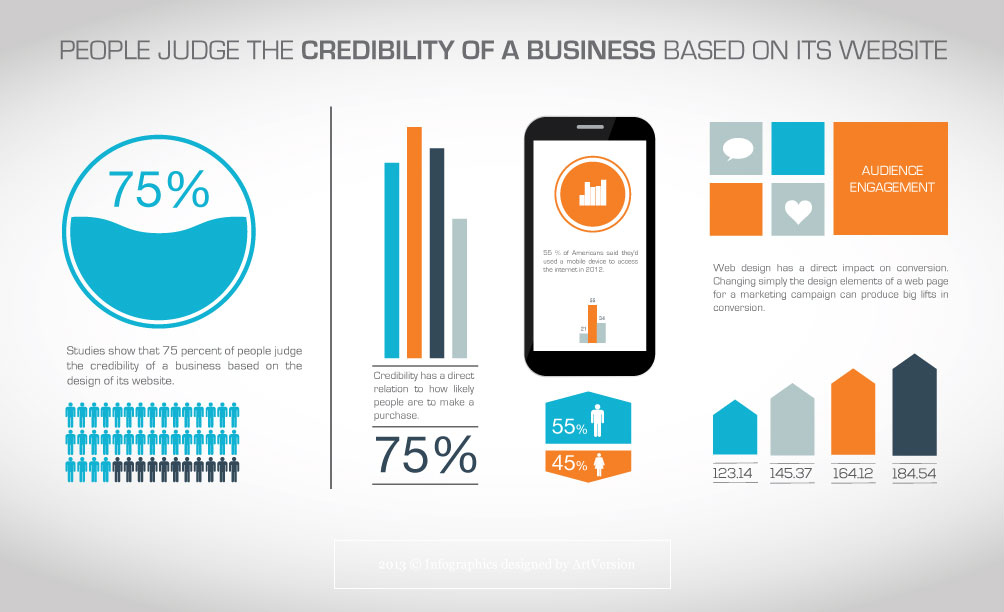The Development Of Site Style: From Earlier Times To Now
The Development Of Site Style: From Earlier Times To Now
Blog Article
Published By-Kahn Molina
In the past, internet sites were simple and concentrated on details. Navigating was straight, and style was for desktop computers. Currently, customer experience is crucial. Information overviews styles for easy navigation. Receptive formats fit different devices. Today, dark setting reduces strain, and minimalist menus improve navigating. Interactive features involve users, and strong visuals stick out. AI assimilation improves interaction. See how design has developed to enhance your on-line journey.
Very Early Days of Web Design
In the early days of web design, simpleness preponderated. Websites were basic, with restricted shades, fonts, and formats. The focus got on offering details instead of flashy visuals. Users accessed the web through sluggish dial-up links, so rate and capability were crucial.
Navigation food selections were straightforward, generally situated on top or side of the page. Sites were developed for desktop computers, as mobile browsing had not been yet common. Web content was king, and designers focused on easy readability over complex style elements.
HTML was the main coding language used, and designers had to function within its restrictions. https://www.google.com/maps/place/Moon+and+Owl+Marketing/@32.9757271,-106.5344695,1840583m/data=!3m1!1e3!4m6!3m5!1s0x864ddeaa4179705b:0x488d41d2cc6b9750!8m2!3d32.9757271!4d-97.5696258!16s%2Fg%2F11b6mpccrg?entry=ttu&g_ep=EgoyMDI1MDIxMS4wIKXMDSoJLDEwMjExNDUzSAFQAw%3D%3D and interactive functions were minimal compared to today's criteria. Sites were fixed, with little vibrant content or customized user experiences.
Rise of User-Focused Layout
With the development of web site design, a change towards user-focused layout concepts has actually come to be progressively famous. Today, developing internet sites that prioritize customer experience is critical for engaging site visitors and attaining organization goals. User-focused design includes comprehending the demands, choices, and actions of your target market to tailor the site's format, content, and features accordingly.
Developers now conduct detailed study, such as user studies and functionality testing, to collect understandings and responses directly from individuals. This data-driven technique aids in creating intuitive navigating, clear calls-to-action, and aesthetically appealing interfaces that resonate with visitors. By positioning the user at the facility of the style process, internet sites can deliver an extra tailored and pleasurable experience.
Receptive layout has also emerged as a crucial aspect of user-focused design, guaranteeing that sites are optimized for numerous devices and screen sizes. https://www.fool.com/the-ascent/small-business/marketing-automation/articles/smb-marketing/ enhances access and use, accommodating the diverse ways customers engage with internet sites today. In essence, the rise of user-focused style signifies a shift in the direction of developing electronic experiences that focus on the demands and assumptions of the end user.
Modern Trends in Web Design
Explore the most up to date trends forming web design today. One prominent pattern is dark setting layout, offering a sleek and modern-day look while minimizing eye pressure in low-light settings. Another crucial fad is minimalist navigation, simplifying food selections and boosting user experience by concentrating on essential elements. Integrating micro-interactions, such as animated switches or scrolling effects, can produce a more engaging and interactive site. Responsive style remains essential, guaranteeing smooth customer experiences across various tools. In addition, utilizing bold typography and unbalanced designs can add aesthetic rate of interest and draw attention to specific web content.
Integrating AI modern technology, like chatbots for client assistance or personalized suggestions, enhances customer interaction and enhances processes. Access has also come to be a considerable fad, with designers prioritizing inclusive style techniques to accommodate varied individual requirements. Embracing sustainability by maximizing internet site efficiency for rate and performance is an additional arising pattern in web design. Collaborating with customer responses and data analytics to repeat and enhance style continuously is necessary for staying relevant in the ever-evolving digital landscape. By welcoming these modern patterns, you can develop an aesthetically enticing, straightforward internet site that resonates with your audience.
Conclusion
As you reflect on the development of web site design from the early days to currently, you can see exactly how user-focused layout has come to be the driving pressure behind contemporary fads.
Welcome the journey of change and adjustment in web design, always keeping the individual experience at the leading edge.
Keep current with the current fads and technologies, and never ever quit progressing your strategy to produce visually magnificent and straightforward web sites.
Progress, adapt, and produce - the future of web design remains in your hands.
